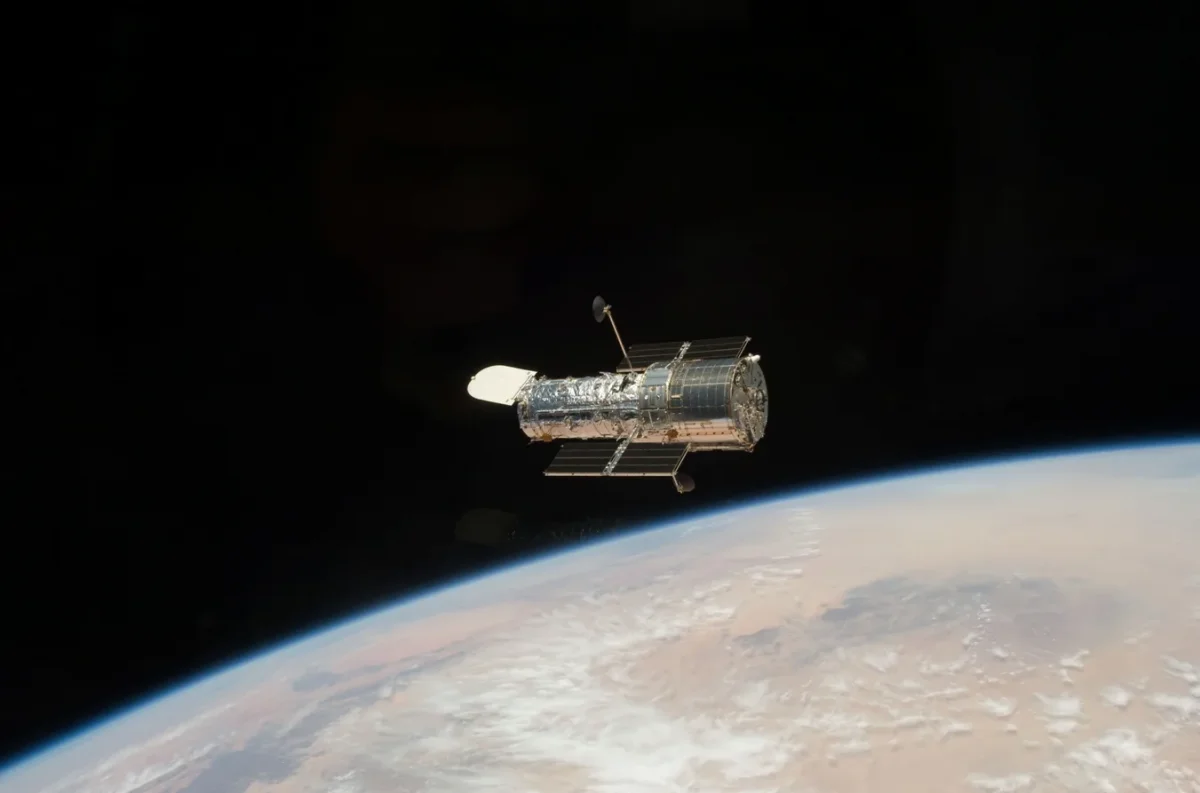Samarkand/Nairobi (dpa) – It only works through cross-border cooperation – this is the basic vision and declaration of intent issued by the Fourteenth Conference of Member States (COP14) of the Bonn Convention for the Protection of Migratory Wild Animals in Samarkand.
It is worth noting that the conference, which brought together government representatives, scientists and conservationists, and was organized by the United Nations Environment Program (UNEP) and the secretariat of the Convention on the Conservation of Migratory Species of Wild Animals (CMS) – the so-called Bonn Convention – was called “Nature Without Borders”.
So far, more than 130 countries have joined the Bonn Convention, which entered into force in 1983. At this year's conference in Uzbekistan, a report was presented on the status of migratory species around the world, which raises concerns, especially with regard to marine life.
The biggest threats
Nearly all CMS-listed fish species — 97 percent — are threatened with extinction. These fish include migratory sharks, rays and sturgeon, whose numbers have declined by 90 percent since the 1970s. The two biggest threats to migratory species are overexploitation, such as fishing, and habitat loss due to human activity. Climate change, pollution and invasive species also have significant negative impacts, the report said.
But there was also good news in Samarkand: humpback whales, for example, are doing better. Measures to protect the saiga antelope in Central Asia have worked so well that the species has not only made a notable recovery. The project now aims to serve as a blueprint for other animal species whose future does not currently look good.
Topics of interest to delegates included the challenges posed by bycatch in fishing, plastics in the oceans, but also protection from overfishing and the impacts of deep-sea mining.
Results
Over the course of a week, delegates discussed the problems of snow leopards and sea turtles, the highest protection status for the endangered Baltic porpoise and other animals that should be better protected.
Specific outcomes include the adoption of an action plan to protect marine species off the coast of West Africa, including local communities whose livelihoods are threatened by overfishing.
Drawing a positive outcome from the week-long conference, Nicola Entrop, head of international cooperation at Ocean Care, said: “The agreements reached in Samarkand are clear commitments by countries to take more stringent and efficient preventive measures.” Listing other species and groups – such as the Baltic porpoise (Phocoena phocoena), the sand tiger shark (Carcharias taurus) or the Chilean pelican (Pelecanus thagus) – as endangered or critically endangered means strict protection, but at the same time also a signal to an alarming state of preservation.
Better cooperation is necessary
“It is now important that these decisions are quickly and fully implemented in practice and defended against pressure from economic and industrial interest groups in order to overcome the countless challenges faced by migratory species,” Entrup stressed. He gave an example of avoiding ship collisions with marine creatures.
The conference outcomes also include a new initiative to identify, protect and connect areas important for migratory species. “Contact” is a word that was repeated over and over again in Samarkand. It is the destruction and fragmentation of habitats, for example through road construction or through the expansion of human settlements in areas that represent animal migration corridors, that causes problems for animal species migrating onto land.
“Connectivity” also means that different organizations want to work together within the initiative, including the Convention on Biological Diversity as well as the United Nations Convention to Combat Desertification, the United Nations Environment Program and the International Union for Conservation of Nature or WWF, to name a few. A few.
© dpa-infocom, dpa:240217-99-25982/2

“Alcohol buff. Troublemaker. Introvert. Student. Social media lover. Web ninja. Bacon fan. Reader.”







More Stories
Hypoallergenic sunscreens for allergy sufferers
Tackling coronavirus in China: Punishment instead of science
Animals: They feel that this has consequences for the handling and conservation of animals